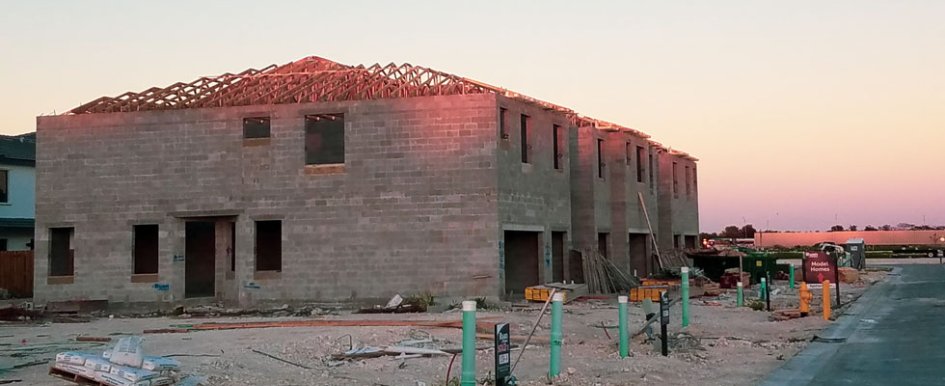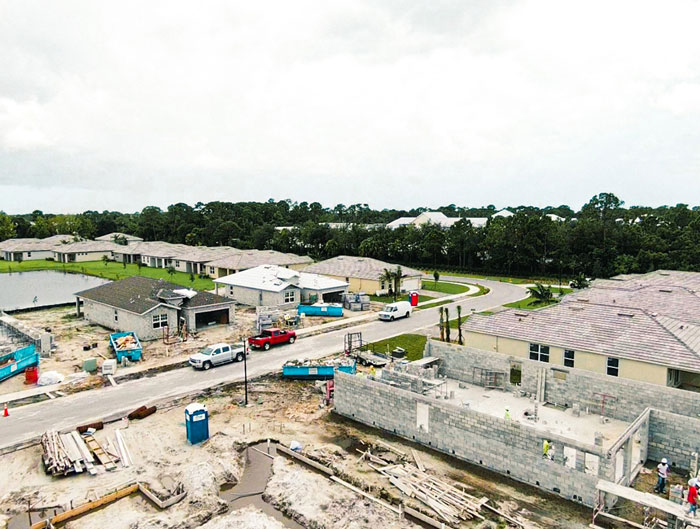
In recent years, a multitude of outside forces has led to unpredictable fluctuations in project volume. With the pandemic amplifying the need for construction businesses to prepare for uncertain times, many have turned to technology.
For CSCI Construction, a California-based shell contractor founded in 2008, an early decision to modernize its software and processes has been the key to meeting demand in times of growth and ensuring business continuity during disruption.
In early 2020, business was thriving, and with major (information technology) IT improvements underway, CSCI was well-positioned to exceed growth projections.
When the COVID-19 pandemic hit in 2020, project volume slowed, and like many construction businesses, CSCI — which specializes in complete residential interior and exterior improvements — was forced to quickly pivot its focus to execute business continuity plans and implement new employee safety measures. Several months into the pandemic, the company was surprised when the market turned around and demand surged.
“The housing market picked up and major home builders were looking to make up for lost time,” said Dan Goldburg, CSCI CEO.
Luckily, CSCI had already begun its digital transformation, a decision that helped the company quickly bolster its operations. By the end of 2020, CSCI’s run rate had increased by 40%, which it attributed to strong vendor relationships and having the right technology in place. “The surge in demand was unexpected, but we were well equipped for it,” said Goldburg.
Stockpiling Capital vs. Modernizing Strategies Today
Amid lower construction spending, labor uncertainty and an overall cooling of the economy, many construction businesses are concerned about weathering another downturn.
While most agree that modernizing technology and processes are key to future growth and success, choosing between reserving capital for a future technology transformation or moving forward with system and process upgrades can be a tough call to make.
Although the decision may be difficult, CSCI’s story illustrates how future-proofing technology can help construction businesses not only weather lean times, but also handle surges in growth.
 Long before the COVID-19 pandemic emerged and shut things down, CSCI had already begun moving its technology platform from a self-built legacy system to Trimble Viewpoint’s Spectrum, a web-based construction enterprise resource planning (ERP) solution and part of the connected Trimble Construction One suite of cloud-based construction management solutions.
Long before the COVID-19 pandemic emerged and shut things down, CSCI had already begun moving its technology platform from a self-built legacy system to Trimble Viewpoint’s Spectrum, a web-based construction enterprise resource planning (ERP) solution and part of the connected Trimble Construction One suite of cloud-based construction management solutions.
“We were running the business on a 10-year-old system that had been heavily customized and was very difficult to change to meet our evolving needs,” said Goldburg. “With all of the customization, we were starting to experience glitches and technical problems.”
But with Spectrum, the company is harnessing the power of the cloud to streamline disconnected processes, automate workflows and connect real-time data across the organization without relying on a decade-old program that is hard to learn and easy to mess up.
The Cost of Doing Nothing
The construction industry is notoriously behind the ball when it comes to taking advantage of the modern, digital tools available to contractors. Many contractors have not yet taken advantage of recent software and technology advancements available to them.
A recent report from the Aberdeen Group shows that among companies hesitant to implement an integrated cloud-based construction ERP solution, 35% suffer from redundant data, 28% have systems that can’t track business processes and 23% lack the ability to collaborate, all while dealing with inaccurate data.
With most industries advancing technologies at a breakneck pace, those that continue to resist could find themselves at a competitive disadvantage. On the other hand, moving to cloud-based systems and modern software can:
- Streamline processes and workflows by eliminating re-keying, duplicate efforts and manual processes
- Better connect project teams, from the office to the field
- Deliver accurate, real-time data for estimating accurately, delivering projects within budget and on schedule while maximizing performance and profitability
- Mitigate project and safety risks, lower costs and reduce project management headaches
CSCI’s foresight to invest in technology not only helped meet surging demand during the pandemic but also set the company up to continue its current growth trajectory.
“By the end of 2021, we’ll have exceeded 5,000 home units, up from 4,000 home units in 2020, thanks to an upgraded technology system,” said Goldburg.
“Using our new software’s APIs to connect our entire IT landscape together will enable us to continue to streamline our workflows and processes, helping us expand and grow the business well into the future.”
